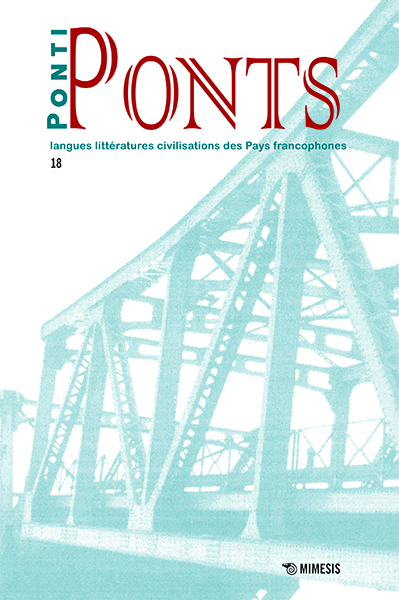Résumé
The road that runs, Magtogoek, as the First Nations called it, the St. Lawrence River was and still is a nourishing artery as well as a perpetual challenge for the survival and development of both its local residents and seamen or sailors who cross it.
Born from the largest group of freshwater lakes in the world, the Great Lakes, the St. Lawrence, associated with them (3,058 km), constitutes 18% of the world’s freshwater reserves: immense wealth and heavy responsibility for those who assume its guardianship.
Very narrow at its mouth at the eastern end of Lake Ontario, it is 48 km wide, at Tadoussac, at the end of the estuary and at the beginning of the Gulf of St. Lawrence, which throws itself into the Atlantic. The inhabitants of its banks call it “the sea”. They live there at the rhythm of its tides.
Long for those who cross it and wide for those who cross it, the St. Lawrence is a way of passage, a path on which one lingers, a string of ports and quays where to attach and take root.
Occupying the bed of tectonic breaks and cracks between the Laurentian and Appalachian mountain ranges, the genesis of this river dates back to 1.8 billion years ago, but exists in its current shape for less than 10,000 years. It is just like its local populations, old and young at the same time. Some have been in this area for nearly 7000 years and others since yesterday.

